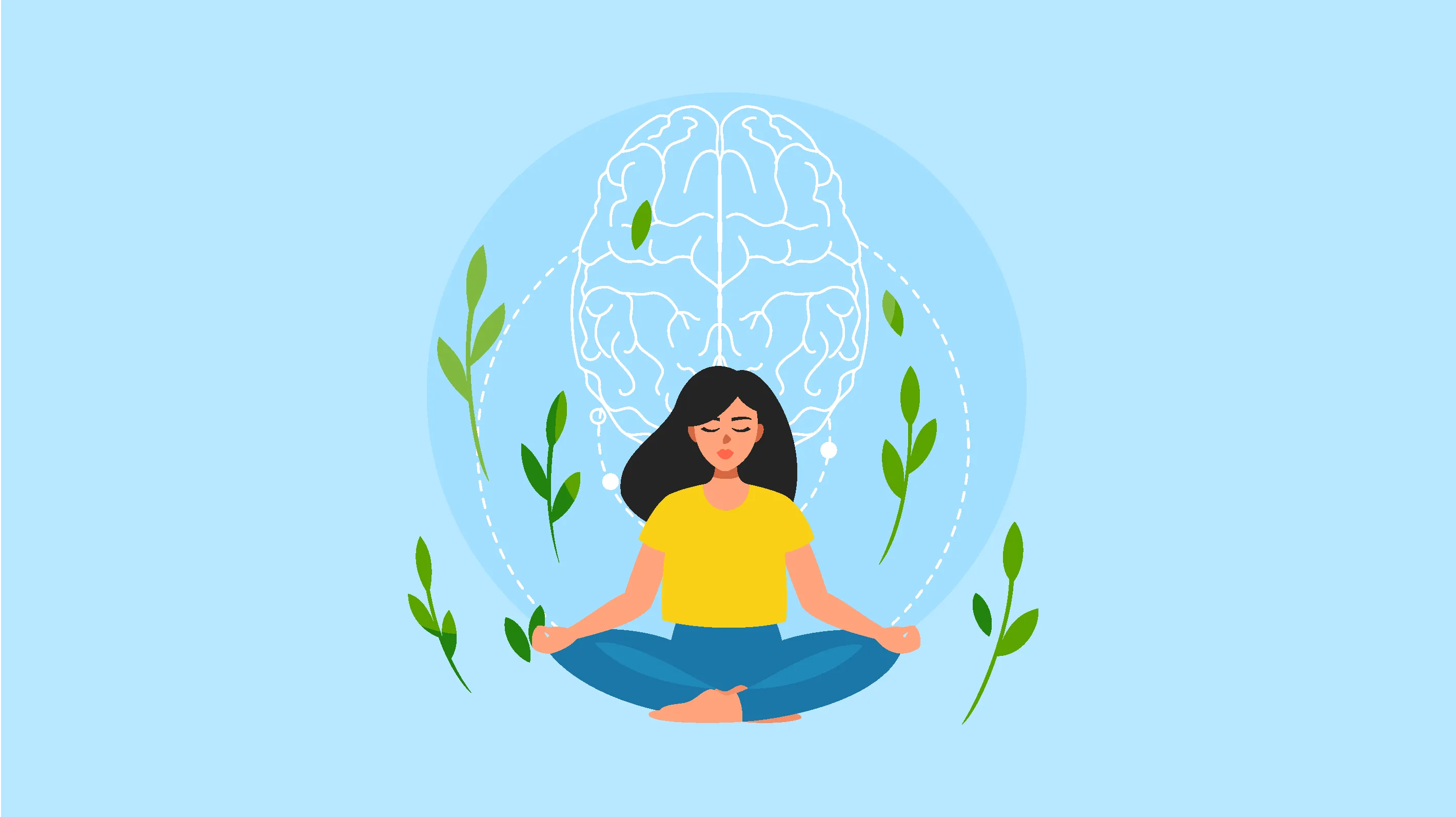Mindfulness Exercises: Embrace the Moment and Rejuvenate Your Mind
Curious about mindfulness meditation and how it might fit into your life? You’ve probably heard about its benefits, but you might be wondering how to actually practice it. Let’s explore some simple mindfulness exercises and discover how they could bring a sense of calm and clarity to your everyday routine.
What is Mindfulness?
Mindfulness is a form of meditation that helps you become deeply aware of your thoughts, feelings, and sensations in the present moment—without any judgment. This practice often involves breathing techniques, guided imagery, and other methods to help your mind and body relax and reduce stress.
Too often, we get caught up in planning, problem-solving, or daydreaming, which can drain our energy and increase stress. Mindfulness helps redirect your focus away from these distractions and engage more fully with the world around you.
What Are the Benefits of Mindfulness?
Numerous studies have shown that mindfulness can be effective for various conditions, including:
- Stress
- Anxiety
- Pain
- Depression
- Insomnia
- High blood pressure (hypertension)
Preliminary research also suggests mindfulness may benefit those with asthma and fibromyalgia. Beyond these, mindfulness can:
- Enhance attention
- Reduce job burnout
- Improve sleep
- Help manage diabetes
Examples of Mindfulness Exercises
Practicing mindfulness doesn’t have to be complicated. Here are some straightforward ways to incorporate it into your life:
- Pay Attention: In our busy lives, it’s easy to overlook the small details. Take a moment to fully experience your environment with all your senses. For instance, when enjoying a meal, savor the taste and smell, and truly appreciate the experience.
- Live in the Moment: Try to bring a mindful, open, and accepting attitude to everything you do. Find joy in the simple things and stay present.
- Accept Yourself: Be kind to yourself, just as you would to a good friend. Practice self-compassion and acceptance.
- Focus on Your Breathing: If you’re feeling overwhelmed, sit down, take a deep breath, and close your eyes. Concentrate on your breath as it flows in and out. Even a minute of this can help calm your mind.
For a more structured approach, you might try:
- Body Scan Meditation: Lie down with your legs extended and arms at your sides. Slowly focus on each part of your body, from head to toe or vice versa, and notice any sensations, emotions, or thoughts in each area.
- Sitting Meditation: Sit comfortably with a straight back, feet flat on the floor, and hands in your lap. Breathe through your nose and focus on the rhythm of your breath. If your mind wanders, gently bring your attention back to your breath.
- Walking Meditation: Find a quiet path about 10 to 20 feet long. Walk slowly, paying attention to the sensations of each step and the balance of your body. When you reach the end, turn and continue, staying aware of your movements.
When and How Often Should You Practice Mindfulness?
Simple mindfulness exercises can be done anytime and anywhere. Spending time outdoors and engaging your senses can be particularly effective.
For more structured practices like body scan or sitting meditation, find a quiet spot and set aside dedicated time, perhaps early in the morning before your day starts. Aim to practice daily for about six months. Over time, you may find mindfulness becomes a natural part of your routine, offering you a refreshing way to reconnect with yourself.



